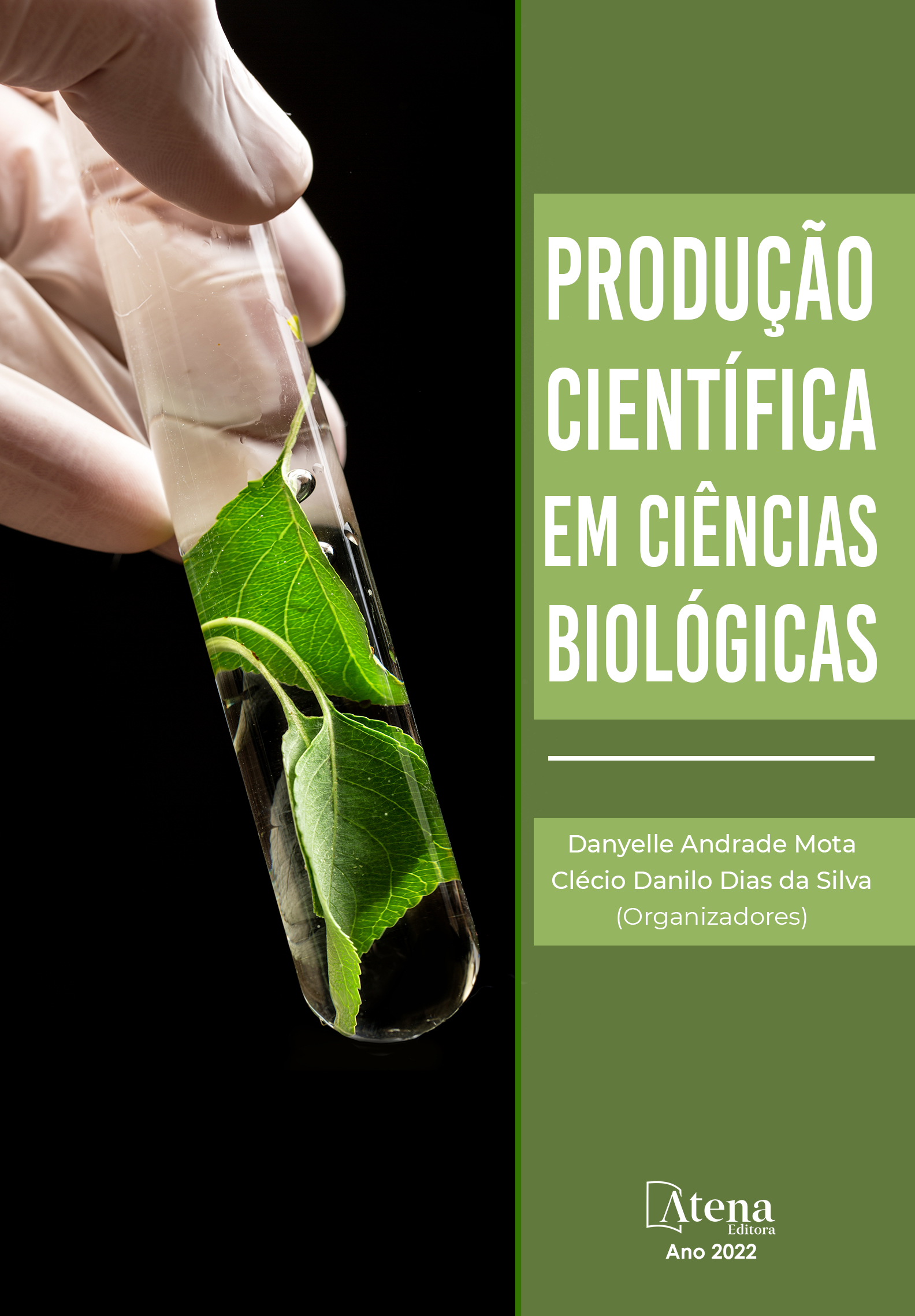
CARACTERIZAÇÃO DA MICROBIOTA FÚNGICA NAS CLÍNICAS E CENTRO CIRÚRGICO DA FACULDADE DE ODONTOLOGIA DA UNIVERSIDADE FEDERAL DO AMAZONAS (UFAM)
Os fungos anemófilos liberam no ambiente estruturas reprodutivas chamadas esporos, que ao serem transportados pelo ar, são capazes de propagar a espécie, ao encontrar um substrato viável. Com o objetivo de analisar a microbiota fúngica e a qualidade do ar dos ambientes clínico-cirúrgicos da Faculdade de Odontologia da Universidade Federal do Amazonas (UFAM), utilizou-se um método qualitativo de coleta desses fungos, por meio da deposição dos esporos em placas de Petri com meios de cultura, expostas nos locais por 20 minutos e após, incubadas à 25°C por 15 a 30 dias. Decorrido este período, as colônias foram contadas, descritas morfologicamente, repicadas e identificadas. Para avaliar a diversidade fúngica, optou-se por realizar duas coletas em períodos distintos, sendo a primeira na estação seca, em setembro de 2018, e a segunda na estação chuvosa, em fevereiro de 2019. Na primeira coleta houve um total de 196 colônias, sendo 122 (62,25%) classificadas como Mycelia sterilia, micélio estéril sem gênero e espécie específicas; dentre os identificados, os gêneros Cladosporium sp com 45 colônias (22,96%) e Penicillium sp com 20 (10,20%,) foram os mais prevalentes. Na segunda coleta houve uma redução do número de colônias para 126, sendo 83 (65,9%) classificadas como Mycelia sterilia, e dentre os identificados, os mais prevalentes foram os gêneros Aspergillus sp (17,4 %) com 22 colônias, sendo 11 da espécie A. flavus, e o gênero Penicillium sp com 5 colônias (3,9%). A pesquisa foi importante para ampliação dos estudos sobre fungos anemófilos e na sua repercussão nociva para saúde humana.
CARACTERIZAÇÃO DA MICROBIOTA FÚNGICA NAS CLÍNICAS E CENTRO CIRÚRGICO DA FACULDADE DE ODONTOLOGIA DA UNIVERSIDADE FEDERAL DO AMAZONAS (UFAM)
-
DOI: 10.22533/at.ed.21922300311
-
Palavras-chave: fungos, diversidade, repercussão, saúde
-
Keywords: fungi, diversity, repercussion, health
-
Abstract:
Anemophilous fungi release reproductive structures known as spores into the environment, which when transported by the airflow, are capable of propagating the species when they find a viable substrate. Aiming to analyze the fungal microbiota and the air quality of the clinical-surgical environments of the Faculty of Dentistry of the Federal University of Amazonas (UFAM), we used a qualitative method to collect these fungi by depositing the spores in Petri dishes with culture media, exposed in the locations for 20 minutes, after which they were incubated at 25°C for 15 to 30 days. After this period, the colonies were counted, morphologically described, repotted and identified. In order to evaluate the fungal diversity, two collections were made in different periods, the first during the dry season in September 2018 and the second during the rainy season in February 2019. In the first collection there was a total of 196 colonies, however 122 (62.25%) could not be identified because they were Mycelia sterilia, sterile mycelium without any specified genus or species, however, among those identified, the genera Cladosporium sp with 45 colonies (22.96%) and Penicillium sp with 20 colonies (10.20%,) were the most prevalent. In the second collection, there was a reduction in the number of colonies to 126, of which 83 (65.9%) were classified as Mycelia sterilia, and, among those identified, the most prevalent were the genera Aspergillus sp (17.4%) with 22 colonies, 11 of which were of the species A. flavus, and the genus Penicillium sp with 5 colonies (3.9%). This research was important for the expansion to the study of anemophilic fungi and their harmful repercussion to human health.
-
Número de páginas: 19
- Sônia Maria da Silva Carvalho
- Maria Ivone Lopes da Silva
- Eduardo Aroucha Roland


